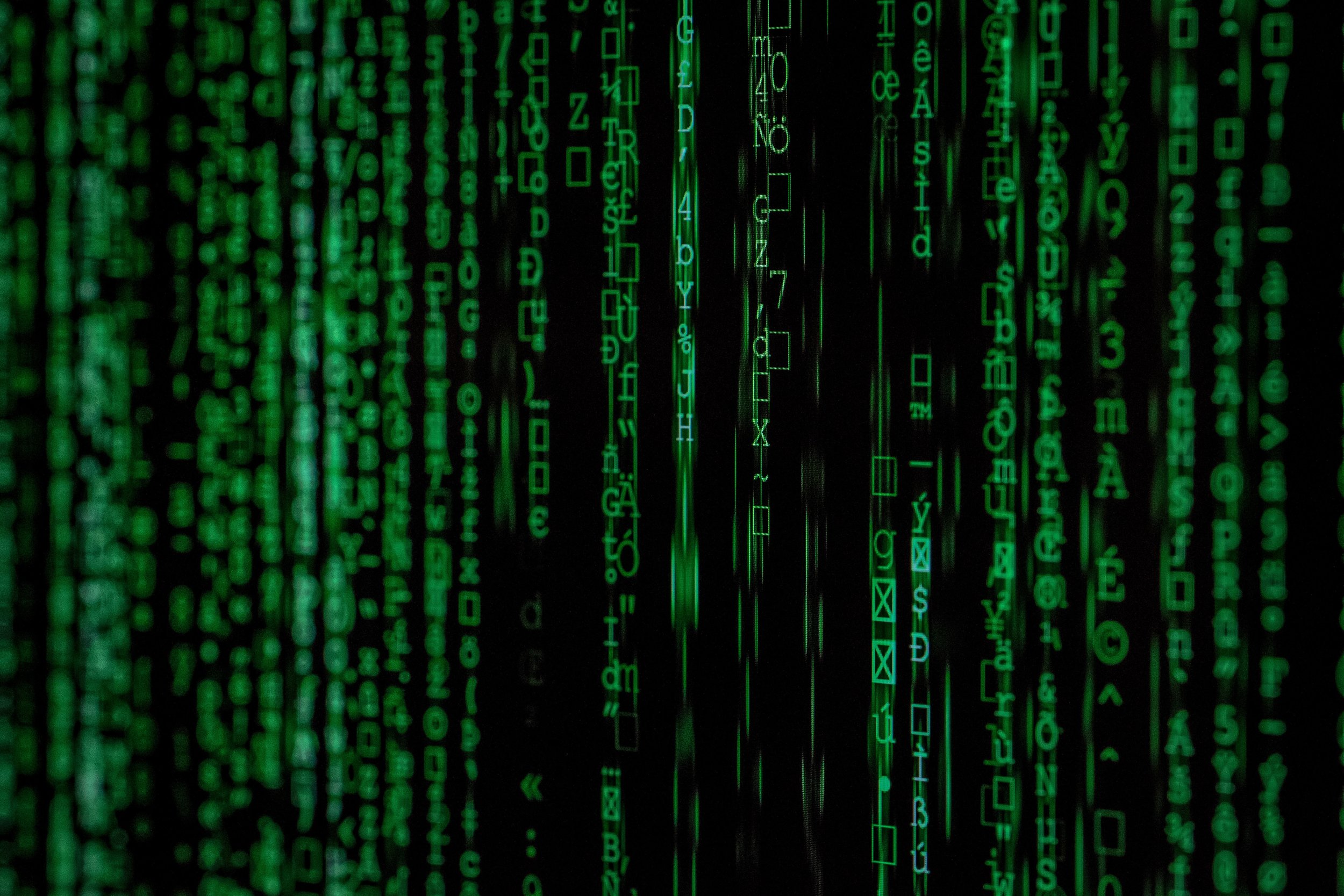Share This Article
“This is your last chance. After this, there is no turning back. You take the blue pill – the story ends, you wake up in your bed and believe whatever you want to believe. You take the red pill – you stay in Wonderland and I show you how deep the rabbit-hole goes.”
For those among you who are film-literate, you’ll probably recognise this as the infamous red pill – blue pill scene from the Wachowski’s Sisters 1999 game-changer The Matrix. The plot of The Matrix follows a young Keanu Reeves (Neo) as he ‘wakes up’ to discover what he has long accepted as reality is nothing more than an elaborate simulation, engineered by super-intelligent AI attempting to subjugate the ‘plague’ that is the human race (Spoiler Alert: sorry). However, as computational progress accelerates and technology proliferates, the notion of the Simulation Hypothesis being a valid explanation for our universe holds more and more truth.
So, here is the Red Pill: Both scientific and philosophical schools of thought suggest that it is more than just likely we are living in a simulation – it is almost certain.
In 2003, Oxford University philosopher Nick Bostrom made waves in the academic sphere with his paper “Are you living in a Simulation?”, which is largely credited with most of the philosophical argumentation upon which this concept is based. Before I outline the gist of that argument, there are some important assumptions Bostrom makes that are worth flagging.
1. The Assumption of Substrate-Independence. This is basically a fancy philosophy-of-the-mind-type way of saying that consciousness as we understand it does not require a carbon-based system like us – it could just as easily be achieved, say, using silicon processors (like your laptop or phone). This is pretty fair assumption to make and is widely accepted in philosophical circles.
2. It is possible to attain the computational power required to simulate the human mind and our observable world. This is no doubt a very grand statement, and perhaps at this stage in human history it might seem implausible to us. However, there are a multitude of papers, people, and proofs that would suggest that at our current rate of technological development, such computational power is inevitable (David Chalmers’ The Singularity Hypothesis is a ripper read if you’re interested in knowing more about the possibilities of one day simulating the human mind).
3. A higher species would want to simulate us (humans). Seems like a pretty weird assumption; however, it is quite self-indulgent of us to assume that of everything anyone could possibly simulate, they would choose to simulate human beings like us. Bostrom suggests a potential reason for this as a more developed society wanting to run ‘ancestor simulations’ – basically, wanting to look at how their less-evolved selves (us) once lived.
Now that we’ve established that, we can move onto the critical premises of Bostrom’s argument: Given that it is possible to simulate the human mind, we have the computational power to do so, and there are beings that would be interested in running said simulations, Bostrom thinks that only three outcomes are possible:
1. Humans go extinct before we develop the capacity to run such simulations. Bummer.
2. Future Humans choose to not run such simulations, so we can’t be living in a simulation. This is effectively addressed by the assumption Bostrom outlines above; however, this is also pretty unlikely just on principle, given humans now run tons of simulations (Virtual Reality, Augmented Reality, Fortnite).
3. We are living in a simulation. While that might seem like a massive leap to make, Bostrom backs this up with some pretty funky maths from probability theory (A link to his paper is in the references – feel free to give it a read if you’re interested). Bostrom shows that the number of simulated individuals that exist would greatly outnumber the number of “real” individuals, which more or less makes sense – even in our current day and age the number of simulated objects greatly outnumbers the non-simulated. So, if that is true, the probability that we are not simulations is massively low. In fact, Bostrom goes on to show that if the probability of (1) and (2) occurring is practically zero, then the probability of (3) is nearly certain. Long Story Short: If posthuman civilisation ever existed and chose to run ‘ancestor simulations’, we can be very sure we’re living in one.
There are plenty of scientific phenomena that are far better explained by a simulation hypothesis than a material hypothesis as well. In biology, cellular automata are able to describe patterns of seashells, can simulate the neurons of molluscs, and describe how plants conduct photosynthesis. In computer science, they are best known as being the key concept behind Conway’s Game of Life, which was one of the earliest simulations ever run – it simply required the programmer to input an initial state and let it run. Depending on what initial state was input, objects ranging from squares to shape-shifting spaceships could be generated. In fact, there are many components of information theory that show up in science – particularly physics.
The Game of “Real” Life:
The Patterns on Sea Snail Shells can be modelled by Cellular Automata.
A large component of contemporary physics rests on Quantum Physics, which is centred on everything in the universe being ‘quantised’, which is a fancy way of saying that stuff is made of discrete, finite bits that are A LOT smaller than the atom (Planck Lengths for the initiated). Once again, the simulation hypothesis provides a very reasonable answer for why this is the case – these bits are pixels, used to render our universe.
The concept of rendering, a term typically used in computer games, also does a lot to explain the issue of the Heisenberg Uncertainty Principle, and Schrodinger’s Cat (two giant physics buzz-phrases!). In a nutshell, both of these problems come back to the same idea: for some reason, in order for things in physics to be measured, like the position of a photon or electron, there needs to be an observer, or someone watching, in order to take the measurement. Otherwise, they exist in what’s known as a state of quantum superposition, where they are simultaneously in two different states (Schrodinger’s Cat is both alive, and dead!). The Simulation Hypothesis offers us yet another reasonable explanation to this – our simulated universe only renders what NEEDS to be rendered. This is the same concept used by game designers in video games. In order to save computational power, objects in a game are only simulated if they are actively being engaged with or observed by the player. What’s the point of simulating a particle that no one is ever going to observe?
These are just a few of the numerous questions in science the Simulation Hypothesis posits logical answers to. Backed by the sound philosophical reasoning behind it, its no wonder that more and more people are coming to recognise that a simulated universe may well be our reality. This raises some more questions that are worthwhile answering. Perhaps the most obvious consequence is the legitimacy it lends to religion – the notions of eternal life and resurrection become possible and attainable. It raises questions about the existence of God – would our ‘simulator’ be such a deity? We ourselves create simulations on a day to day basis, but we don’t think of ourselves as Gods when we make Mario jump. Would such a ‘God’ be all-powerful, or would they be just as fallible and flawed as us, if such a being was capable of being ascribed human moral standards?
Bostrom says we have no reason to believe posthuman civilisation did choose to run ancestor simulations, so we have no reason to change our way of life based on this argument. But, if we take his same mathematical line of reasoning, we also have no reason to believe that we’re not. By that logic, we should then act like we’re half-living in a simulation. This is where things get murky.
Assuming we don’t want to cease to exist, we ought to do everything in our power to ensure the simulation keeps running. That could look like taking dramatic actions in our world to keep our simulator-gods interested, if we exist for their entertainment. Perhaps, that looks like us exhibiting behaviours our simulators will reward us for, like philanthropy or self-sacrifice. When we start to consider the ethical impacts of living in a simulation, maybe we do need to re-evaluate our way of life.
Australian philosopher David Chalmers says that any resolution or clear evidence of the Simulation Hypothesis is unlikely; “any evidence we get that we’re in a simulation would be simulated.”, so it’s back to square one in the Game of Life. After all, “no one can be told what the Matrix is. You just have to see it for yourself.”
Images: Pexels and supplied by Rhiannon Hames
REFERENCES
[1] Bostrom, Nick. 2003. Are You Living in a Computer Simulation? Philosophy Quarterly, Vol. 53. Retrieved From: https://drewsnews.standrewscollege.edu.au/wp-content/uploads/attachments/simulation.pdf
[2] Eggleston, Brian. Bostrom Review. Stanford University. Retrieved From: https://web.stanford.edu/class/symbsys205/BostromReview.html
[3] Moskowitz, Clara. 2016. Are We Living in a Computer Simulation? Scientific American. Retrieved From: https://www.scientificamerican.com/article/are-we-living-in-a-computer-simulation/
[4] Metere, Alfredo. 2017. Science cannot tell us if we’re living in The Matrix. COSMOS Magazine. Retrieved From: https://cosmosmagazine.com/physics/science-cannot-tell-us-if-we-re-living-in-the-matrix
[5] Illing, Sean. 2019. Are we living in a computer simulation. I don’t know. Probably. Vox. https://www.vox.com/future-perfect/2019/4/10/18275618/simulation-hypothesis-matrix-rizwan-virk





